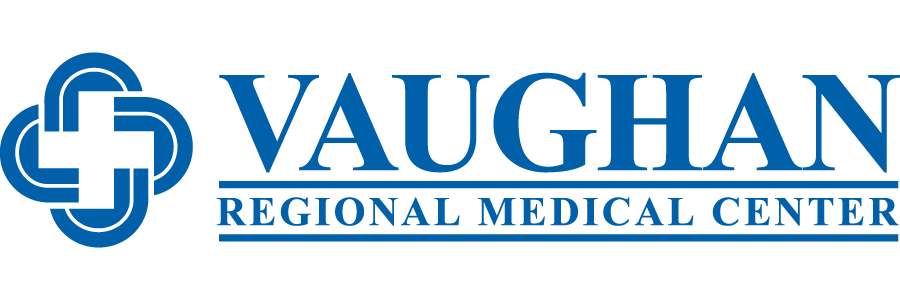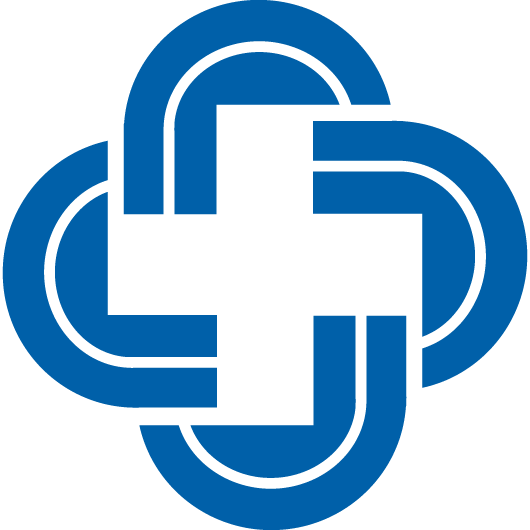Visitor Info
Having family and friends visit while you are in the hospital can be an important part of your recovery process, so we try to be as accommodating as possible with our visitation policy. However, rest is also very important to people who are recovering from illness or surgery, so we ask that you and your visitors observe the guidelines we have established.
View our Visitor Policy for more details.

